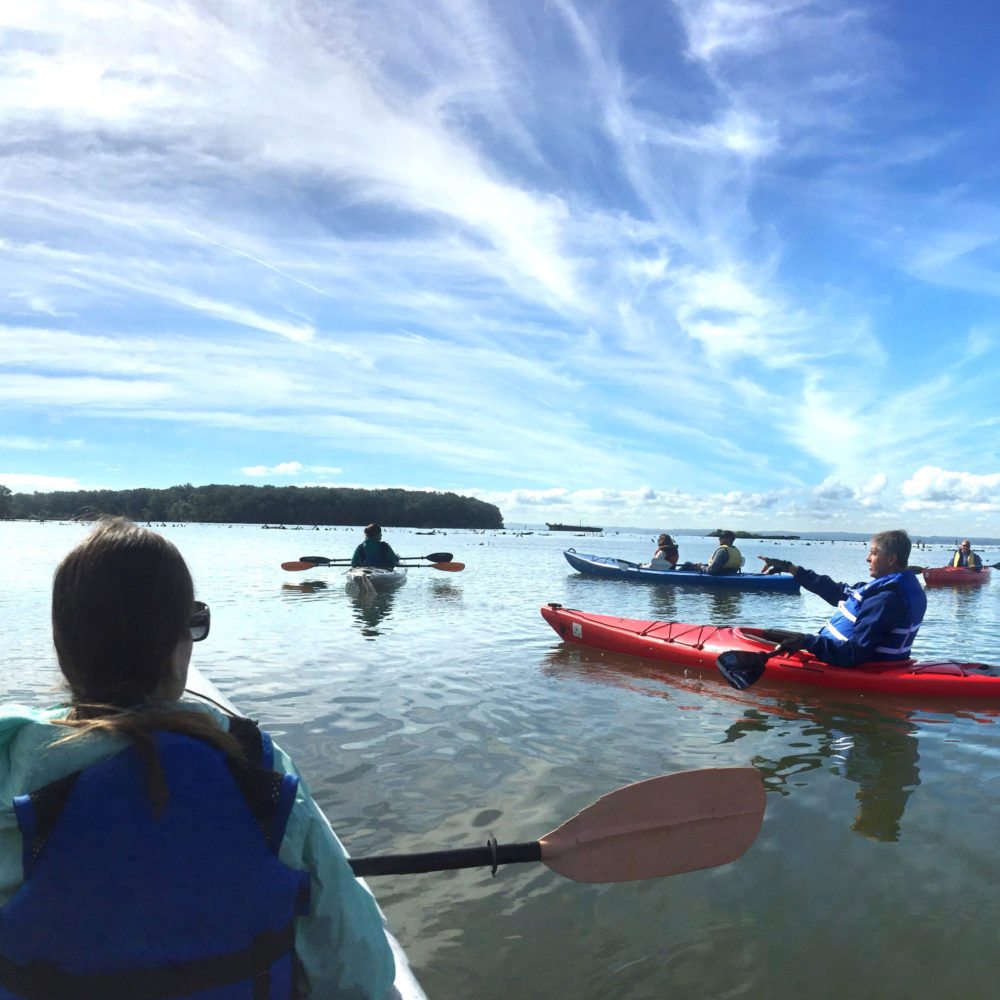
Contact: Shannon Yee, shannon@marinesanctuary.org, 202-870-0387
Washington, DC; January 6, 2017 — The National Marine Sanctuary Foundation applauds the National Oceanic and Atmospheric Administration’s (NOAA) release of the draft plan to designate 52 square miles centered around Mallows Bay along the Potomac River in Maryland as a national marine sanctuary.
Based on widespread and overwhelming community support, the plan calls for the protection of the historic World War I Ghost Fleet, shipwrecks dating back to the Revolutionary War, and archeological sites sacred to Native Americans. Although the sanctuary focuses solely on these historic resources, this tidal area of the Potomac River is also critical to the overall health of the Chesapeake and the ongoing efforts to restore the Bay and its rivers and streams.
“Mallows Bay-Potomac River intertwines our Nation’s maritime and natural history. The site is a gateway to our past, preserving nearly 200 known shipwrecks dating back to the Revolutionary War. Over time, these abandoned ships became the foundation for a rich habitat for bald eagles, herons, and osprey, river otters and beaver, and numerous fish species that make the site a popular spot for canoeing, kayaking, fishing, and birdwatching,” said Kris Sarri, President and CEO of the National Marine Sanctuary Foundation.
Just 40 miles south of the Nation’s capital, Mallows Bay-Potomac River is most renowned for the remains of more than 100 wooden steamships, known as the “Ghost Fleet,” which were built for the U.S. Emergency Fleet between 1917-1919 as part of America’s engagement in World War I and are listed on the National Register of HIstoric Places. A Mallows Bay-Potomac River National Marine Sanctuary would preserve these important pieces of American history; enhance public access, education and research; and create business and job opportunities from tourism and outdoor recreation.
“This is a very exciting moment in the history of Charles County. Providing access to our hundreds of miles of shoreline is paramount and marine sanctuary designation status for Mallows Bay will not only do that for our citizens but to all who plan to visit because of having such a unique asset,” said Charles County Commissioner Ken Robinson.
Today’s announcement embodies years of research, outreach, and coalition building. The State of Maryland submitted the nomination for Mallows Bay to become a sanctuary with strong bipartisan, community backing, including nearly 100 letters of support. A diverse coalition of local, regional and national organizations, including elected officials, Native Americans, historical societies, businesses, museums, and environmental, recreational, conservation, fishing, tourism, and educational groups support the designation.
NOAA is holding public meetings and accepting public comments on the draft plans through March 31, 2017.
NOAA also announced today the release of a draft plan to designate 1,075 square miles of Lake Michigan in Wisconsin adjacent to Manitowoc, Sheboygan, and Ozaukee counties as new national marine sanctuary. If the two new sites are designated, the National Marine Sanctuary System will expand to 17 sites conserving over 621,000 square miles of America’s oceans and Great Lakes.
“The release of the draft plans for Mallows Bay-Potomac River and Wisconsin-Lake Michigan builds on the historic progress made in 2016 on ocean and Great Lakes conservation. Designation of these two unique areas as sanctuaries would mark the first time in 15 years that the Nation added to our marine and Great Lakes sanctuary system. Widespread and enthusiastic support at the local and state levels makes these sanctuary designations possible,” said Sarri.
The National Marine Sanctuary System includes 13 national marine and Great Lakes sanctuaries and two marine national monuments. These unique waters sustain critical, breathtaking marine habitats that provide homes to endangered and threatened species. They preserve America’s rich maritime heritage. And they are living laboratories for science, research, education and conservation. Sanctuaries also offer world-class outdoor recreation experiences for all ages and support local communities by bringing billions of dollars to their economies. Communities across the nation look to sanctuaries to protect nationally significant areas of our ocean, coasts, and Great Lakes.
As the chief national not-for-profit partner for marine and Great Lakes sanctuaries, the National Marine Sanctuary Foundation (NMSF) works to conserve these unique areas. The Foundation supports research and conservation, education, citizen science, outreach and community engagement.
